-
×
 The Polyvagal Theory in Therapy By Deb Dana
1 × $69,00
The Polyvagal Theory in Therapy By Deb Dana
1 × $69,00 -
×
 Behavioral Couples Therapy With Richard Stuart
1 × $8,00
Behavioral Couples Therapy With Richard Stuart
1 × $8,00
The Black Death: New Lessons from Recent Research By Dorsey Armstrong
$99,00 $5,00
SKU: KOB.53078oCqtoS
Category: Science
Tags: Dorsey Armstrong, New Lessons from Recent Research, The Black Death
The Black Death: New Lessons from Recent Research – Instant Download!
Let’s embark on a captivating adventure to uncover remarkable insights that spark your curiosity and elevate your understanding
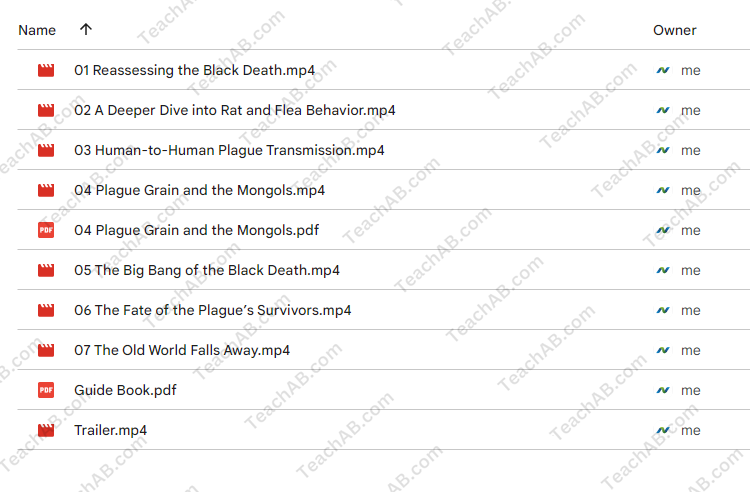
The Black Death: New Lessons from Recent Research By Dorsey Armstrong
Overview
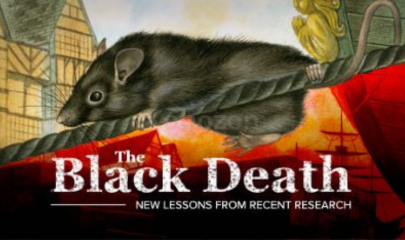
The Black Death: New Lessons from Recent Research
The study of the Black Death, a catastrophic event that reshaped medieval Europe, is not only an exploration of a historical tragedy but also a profound inquiry into the resilience of society during times of crisis. In Dorsey Armstrong’s compelling course “The Black Death: New Lessons from Recent Research”, the complexities surrounding this infamous pandemic are unveiled with a refreshing clarity. Armstrong’s work brings forth recent scientific discoveries and innovative methodologies that challenge long-standing misconceptions, merging the lines between history and science. This rich tapestry of insight and revelation offers more than just knowledge; it serves as a reflective lens through which we can view our own contemporary struggles with pandemics, emphasizing the lessons we can glean from the past.
Historical Context of the Black Death
The Black Death, often epitomized by its staggering death toll of approximately 25-30 million people from 1347 to 1351, left indelible scars on the fabric of European society. However, the essence of this calamity extends beyond mere statistics. Armstrong prompts us to reexamine the myriad factors that facilitated the plague’s spread, including the intricate networks of trade and urbanization that characterized medieval life. The interconnectedness of cities allowed for a swift and largely unchecked transmission of the Yersinia pestis bacterium, which marked a defining moment in European history.
The Role of Trade and Urbanization
Traditionally, urban centers were viewed as hubs of culture and progress; yet during the Black Death, they transformed into hotbeds of contagion. The bustling streets of cities like Florence or Paris became akin to death’s own theater, where the lines between life and demise blurred under the weight of tragedy. Armstrong elucidates how trade routes that carried spices and silks also became conduits for disease.
- Key Factors in Disease Spread:
- Dense populations: High population density in urban areas.
- Trade routes: Ships and caravans acted as carriers.
- Lack of sanitary measures: Limited understanding of hygiene bolstered rapid transmission.
This analysis not only sheds light on the vulnerabilities of medieval society but also serves as a warning to modern cities grappling with their own health crises.
Scientific Insights into Plague Biology
Through the lens of recent genetic studies, Armstrong provides an in-depth look into the biological evolution of the plague bacterium. By employing advanced techniques, researchers have been able to trace the phylogenetic tree of Yersinia pestis, revealing how it adapted and mutated over time. This scientific approach, integral to Armstrong’s framework, offers a stark contrast to the anecdotal and sometimes mythical narratives that permeate historical discourse.
Evolutionary Pathways of Yersinia pestis
Armstrong highlights several key aspects of these discoveries:
- Genetic Variants: Different strains of the bacterium exhibit varied virulence and transmissibility.
- Transmission Methods: Beyond fleas, other vectors such as humans played a significant role in the pandemic’s spread.
These insights not only broaden our understanding of the plague but also underscore the dynamic relationship between pathogens and their environments, illuminating the pathways through which diseases evolve and adapt.
Social Ramifications and Contemporary Parallels
What makes Armstrong’s analysis particularly compelling is the thematic linkage he establishes between the Black Death and contemporary pandemics, such as COVID-19. This connection fosters an emotional resonance, prompting reflections on how society responds to crises.
Societal Impacts of the Black Death
The social ramifications of the Black Death were profound and far-reaching:
- Altered Church Authority: With the clergy being incapacitated, religious influence waned, opening doors for new ideologies.
- Class Structures Shift: Labor shortages led to increased bargaining power for peasant workers, gradually dismantling feudal structures.
- Cultural Renaissance: The aftermath sparked a cultural reawakening, laying the groundwork for the Renaissance.
These transformations echo in today’s world, where contemporary societies are grappling with similar disruptions in routine and authority, challenging the established norms of governance, public health, and social responsibility.
Critiques and Thought-Provoking Discussions
Notwithstanding the valuable insights presented by Armstrong, some critics argue that drawing parallels between historical occurrences and modern events such as the COVID-19 pandemic risks oversimplifying the complexities of each context. They contend that while such comparisons can illuminate certain aspects, they may also detract from the unique circumstances that shaped each historical moment.
Reflection on Historical Lessons
Nonetheless, many appreciate this thematic linkage as essential, emphasizing the need to remember past lessons to navigate current uncertainties. Armstrong’s work highlights the importance of preparedness, the safeguarding of health systems, and the understanding that societal responses can significantly influence the trajectory of pandemics.
Conclusion
In conclusion, Dorsey Armstrong’s “The Black Death: New Lessons from Recent Research” presents an invaluable synthesis of history and science, enriching our comprehension of one of the most defining episodes in human history. By challenging misconceptions and providing a platform for thorough understanding, his work invites audiences to reflect on the intricacies of societal responses to crises both past and present. Just as the Black Death reshaped the landscape of medieval Europe, modern society must confront its own challenges with equal resolve. The pathways illuminated through Armstrong’s research may not merely represent lessons from history; they could serve as the foundation for crafting resilient futures amidst uncertainty. Understanding our past, in its full complexity, can empower us with the wisdom needed to navigate the tumultuous waters of contemporary pandemics.
Frequently Asked Questions:
Innovation in Business Models: We use a group purchase approach that enables users to split expenses and get discounted access to well-liked courses. Despite worries regarding distribution strategies from content creators, this strategy helps people with low incomes.
Legal Aspects to Take into Account: Our operations’ legality entails several intricate considerations. There are no explicit resale restrictions mentioned at the time of purchase, even though we do not have the course developers’ express consent to redistribute their content. This uncertainty gives us the chance to offer reasonably priced instructional materials.
Quality Control: We make certain that every course resource we buy is the exact same as what the authors themselves provide. It’s crucial to realize, nevertheless, that we are not authorized suppliers. Therefore, the following are not included in our offerings: – Live coaching sessions or calls with the course author.
– Entry to groups or portals that are only available to authors.
– Participation in closed forums.
– Straightforward email assistance from the writer or their group.
Our goal is to lower the barrier to education by providing these courses on our own, without the official channels’ premium services. We value your comprehension of our distinct methodology.
Be the first to review “The Black Death: New Lessons from Recent Research By Dorsey Armstrong” Cancel reply
You must be logged in to post a review.

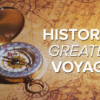
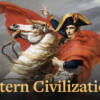
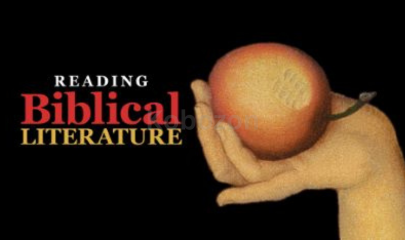
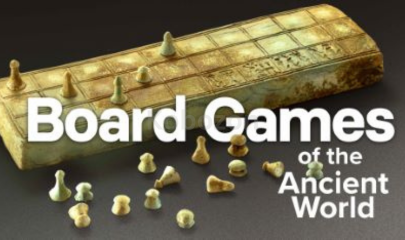





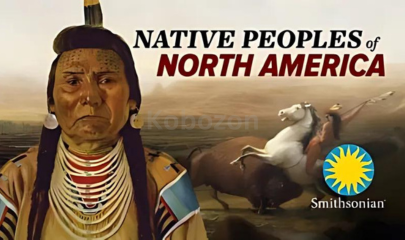
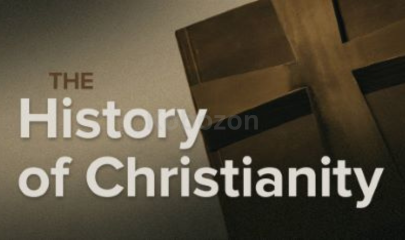
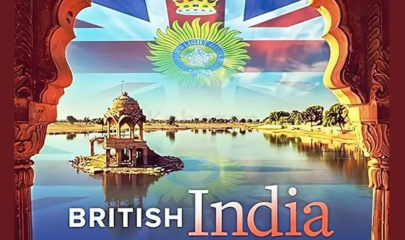





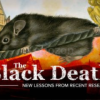
Reviews
There are no reviews yet.